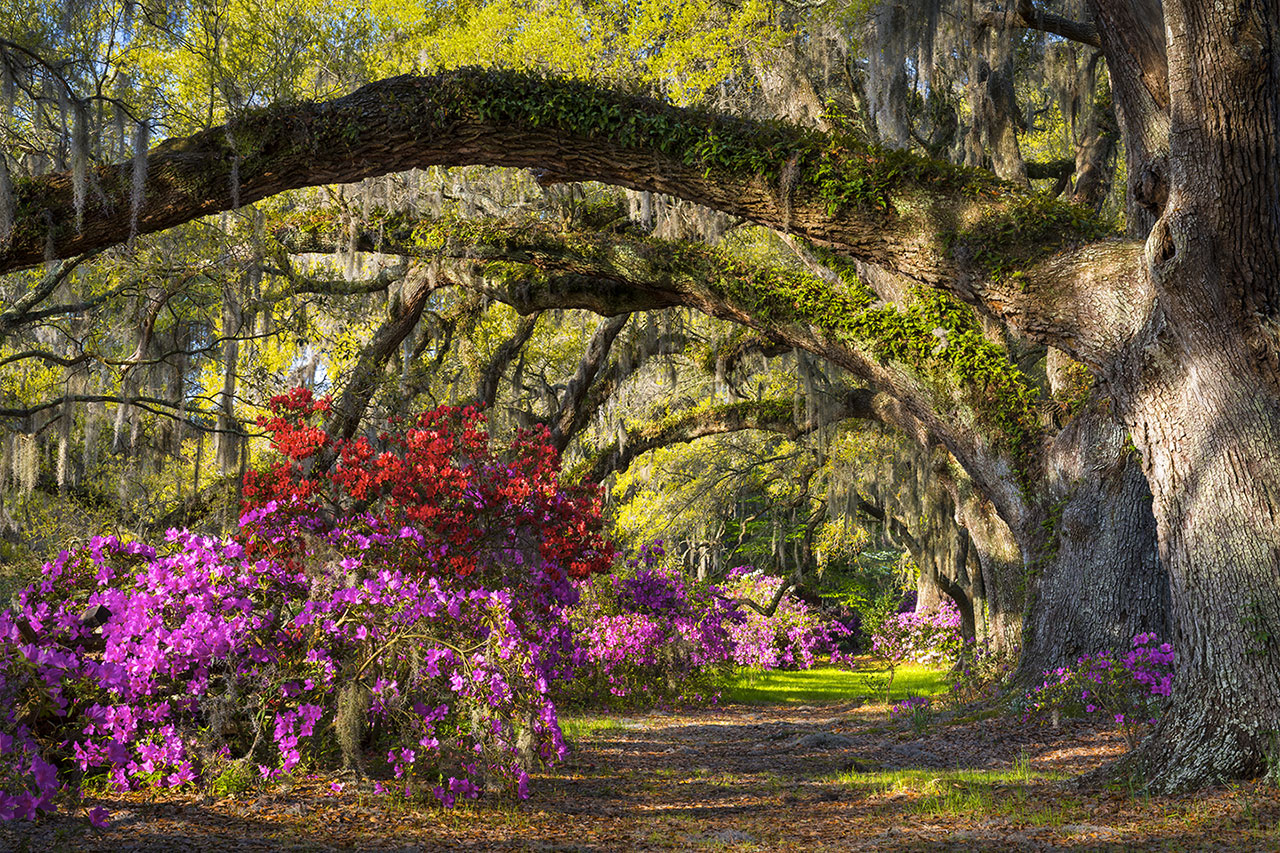Coastal North Carolina’s Native Plant Life

There’s more to coastal North Carolina than the sun, sand and surf – although they all hold their charm, too!
But what makes our area so beautiful is its diverse landscapes, which include some plants that are unique to the Southeast. In fact, there are some varieties that you won’t find growing naturally outside of the Wilmington and Wrightsville Beach areas alone.
So if you’re looking for a fresh take on your lawn, or maybe just want to learn a bit more about the region to which you’ve recently moved, here’s your chance to brush up on your knowledge of local plants that are just as fond of coastal North Carolina as we are!
Azaleas
Anyone who has visited Wilmington in the spring knows all about azaleas and their prevalence in our area. There is even an entire festival devoted to the narrow window during which azaleas typically bloom, usually in early April. They come in a variety of colors, and get along well as accent pieces in sunny spaces. If you plan on planting some in your yard, be sure to keep them where they’ll get dappled sunlight, and where the soil won’t dry out too quickly.
Live Oak
An evergreen tree, the live oak is known for growing very tall and for lasting through the years. These will also usually have low-hanging branches and a crown that spreads out in a broad arc. You may also notice that live oaks tend to accumulate other plants in their branches, like Spanish moss. This is totally safe in your own backyard, just be sure to keep an eye out for any straining branches and for the small creatures that might decide to make your tree its home, too.
Hercules’ Club
This spiny tree, sometimes also called the sea ash, can be identified by the thick, corky lumps that grow on its bark in 2-3 cm clumps. Its branches tend to spread, and when it matures the Hercules’ Club is an aromatic addition to any natural area that attracts butterflies. Plus, if you’re a fan of home remedies, you can chew its bitter bark and the leaves to soothe toothaches!
Coastal Sweet Pepperbush
Growing naturally along streams and in woodlands near bodies of water, the coastal sweet pepperbush prefers sandy, moist soil and is known for having long, hardy lives. If you’re fortunate enough to live near or on the water, this may be the bush for you! The bark of the bush’s branches is a reddish-orange color, while its stems often have white or pinkish flowers when in bloom during the summer, around July and August.
If you’re ready to break out the shovels and break some ground, think about incorporating some of these local plants in your landscaping plan! And in the meantime, stay tuned for more tips and coastal living info from your experts on the Michelle Clark Team.
